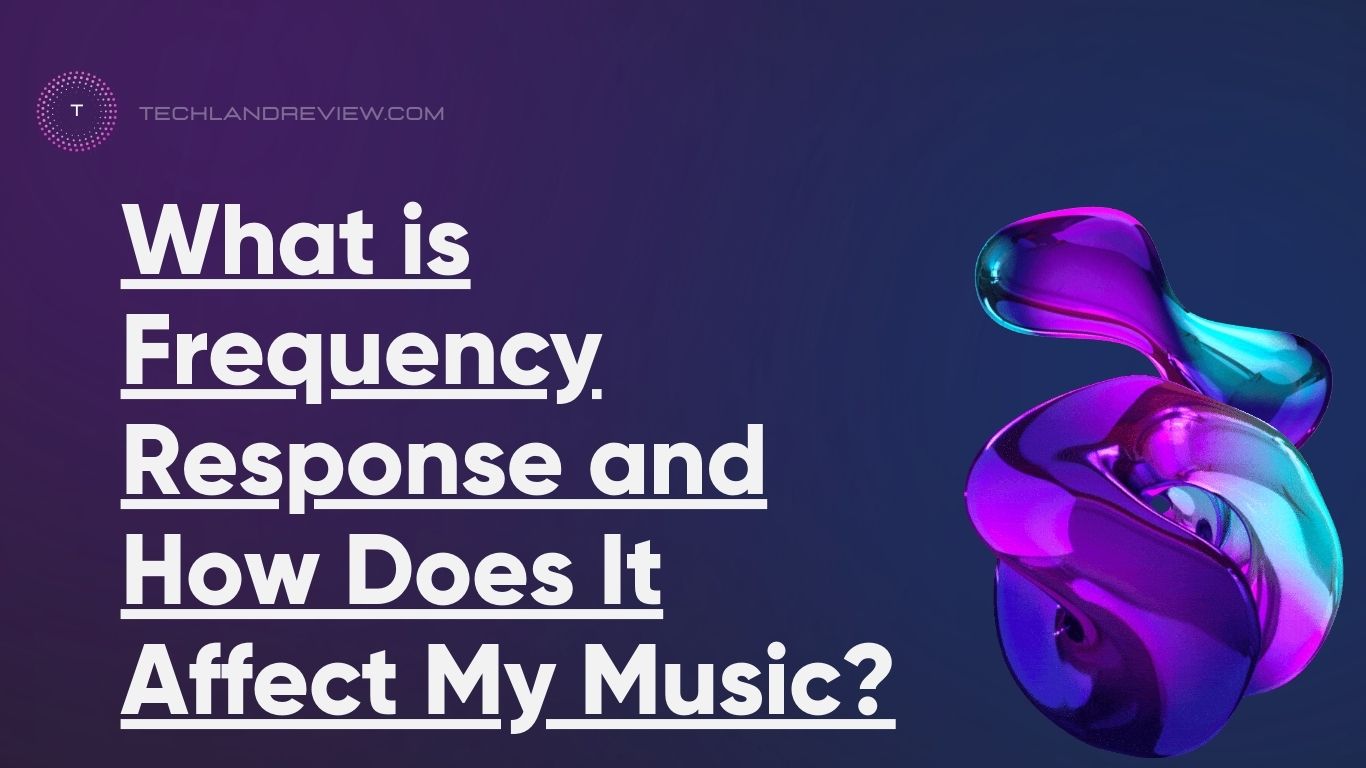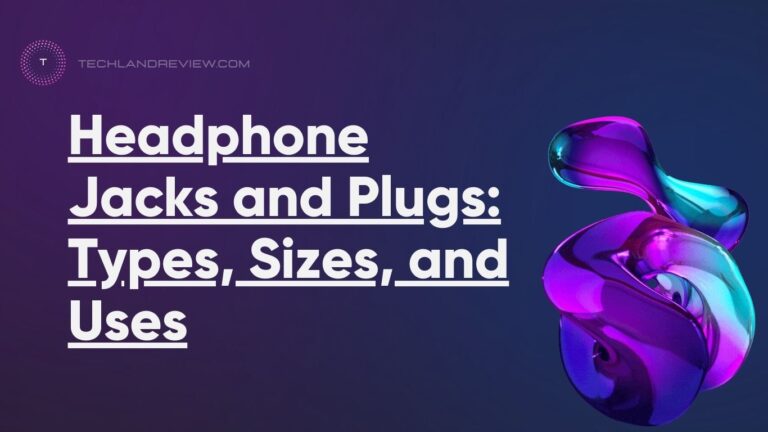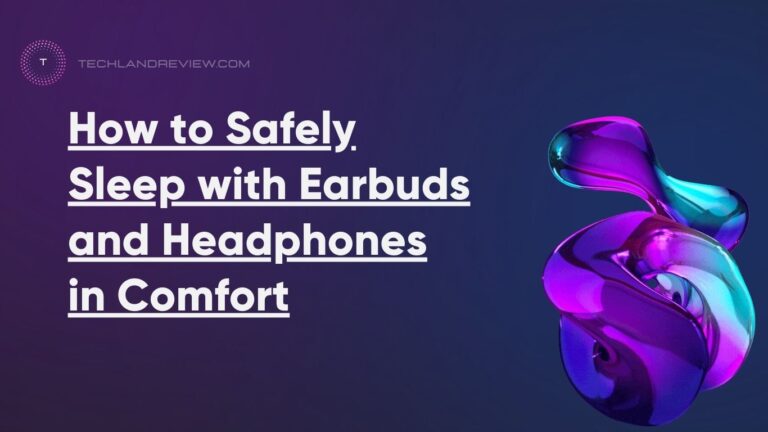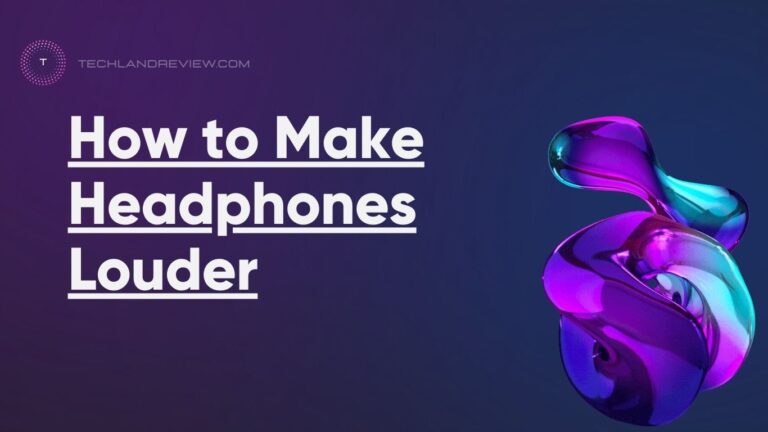What is Frequency Response and How Does It Affect My Music?
With music, it’s often the invisible elements that make the experience magical. One of those hidden but influential factors is frequency response. This attribute in your audio devices shapes how…
With music, it’s often the invisible elements that make the experience magical. One of those hidden but influential factors is frequency response. This attribute in your audio devices shapes how you perceive your favorite tunes, podcast dialogues, or movie soundtracks. Let’s delve deeper to understand what frequency response is and how it affects your music.
What is Frequency Response?
Frequency response refers to the ability of a speaker, headphone, or other audio devices to reproduce a range of audio frequencies. It’s a measure of how accurately a device can deliver the sounds across the human audible spectrum, usually between 20 Hertz (Hz) to 20,000 Hz (or 20 kHz).
What is the Low or Bass Frequency Response?
The low frequency, or bass frequency, refers to the portion of the sound spectrum that produces the lowest pitch sounds. This generally encompasses frequencies from 20 Hz to around 250 Hz, though this can vary slightly depending on the source.
These frequencies are associated with sounds such as the low rumble of thunder, the deep notes from a bass guitar or a kick drum. In terms of audio equipment like speakers or headphones, a good low-frequency response means the device can accurately reproduce these deep, bass sounds. If a speaker or headphone is rated to go down to 20 Hz, it means it can reproduce the lowest frequencies that the human ear can typically hear.
What is the Midrange Frequency Response?
Midrange frequency refers to the middle portion of the audio spectrum, typically spanning from 250 Hz to 2000 Hz, though this can vary slightly. It’s crucial for the reproduction of vocals and many musical instruments like guitars, pianos, and violins. Good midrange response in audio equipment allows for the clear and accurate portrayal of these elements, contributing to an overall balanced and lifelike sound.
As the midrange carries a significant amount of the audio content in most music and speech, it’s an essential factor in audio equipment’s sound quality. Ensuring a device delivers well-defined midrange frequencies enhances your listening experience.
Also See:- Fix Wireless Interference with Wi-Fi and Bluetooth
How Do You Analyze Frequency Response?
Analyzing a frequency response involves interpreting a frequency response chart or graph. Here’s how you can do it:
1. Understand the Axes:
The x-axis of a frequency response graph represents frequencies, usually from 20 Hz (Hertz) to 20,000 Hz or 20 kHz (kilohertz), corresponding to the typical human hearing range. Lower frequencies on the left side of the graph denote bass sounds, whereas higher frequencies on the right represent treble sounds.
The y-axis represents amplitude or loudness, typically measured in decibels (dB). It shows how loud the device plays each frequency.
2. Look for the Overall Trend:
A flat line across the chart means the device reproduces all frequencies at the same volume, indicating a neutral or balanced sound – this is the “ideal” in some situations, particularly for studio monitors used in audio production.
However, many consumer audio devices are not flat, and this is not necessarily a bad thing. It’s often a matter of personal preference.
3. Identify Peaks and Valleys:
Peaks (points above the average line) mean those frequencies are emphasized or louder. If peaks are in the bass (low frequencies), the sound may be bass-heavy. Peaks in the treble (high frequencies) may produce a bright sound.
Valleys (points below the average line) indicate those frequencies are quieter. Valleys in certain areas may result in a lack of clarity or fullness in those regions.
4. Consider the Roll-Off Points:
Look at the frequencies where the response starts to roll-off, or decrease significantly. If a speaker or headphone can’t maintain its response down to 20 Hz, it might not deliver full, rich bass. If it starts to roll-off before 20 kHz, it might miss some high-frequency detail.
5. Keep Real-World Listening in Mind:
Finally, remember that while frequency response can provide some insights, it’s not the definitive measure of a device’s sound quality. Other factors, including distortion, phase response, and even personal preference, also play significant roles. Use frequency response as a guide, but trust your ears when it comes to what you enjoy listening to.
Remember, frequency response analysis is a part of the overall picture and should be considered in conjunction with other aspects when judging the quality of an audio device.
Also Read:- How to Make Headphones Louder
How Does Frequency Response Affect My Music?
Frequency response plays a significant role in shaping the quality and characteristics of the sound you hear when you listen to music. It refers to the ability of an audio device—like headphones, speakers, or amplifiers—to reproduce the full range of audio frequencies accurately and efficiently. Here’s how it affects your music:
1. Bass (Low Frequencies): The bass, or low frequencies, typically range from 20 Hz to around 250 Hz. If your audio device has a good low-frequency response, you’ll hear a deeper and more powerful bass, enhancing genres like hip-hop, EDM, or any music with strong bass lines. A device with a weak low-frequency response might result in bass notes sounding flat or less distinct.
2. Midrange Frequencies: The midrange frequencies, spanning from 250 Hz to around 2000 Hz, are essential for representing most vocals and the bulk of musical instruments. A balanced midrange frequency response allows for clear and accurate portrayal of these elements, leading to a rich and full-bodied sound. An imbalance or distortion in this range can make the music sound hollow or unnatural.
3. Treble (High Frequencies): The treble, or high frequencies, usually cover from 2 kHz to 20 kHz. These frequencies represent the sharpness or clarity in music, contributing to the details and brightness of the sound. A device with a strong high-frequency response will deliver crisp, detailed music, particularly highlighting elements like cymbals in a drum kit or the breathiness in vocals. However, if overly emphasized, high frequencies can result in music sounding harsh or strident.
In summary, the frequency response of your audio device can significantly affect your music listening experience, shaping the overall tonal balance and fidelity of your music. However, it’s also a matter of personal preference – different listeners may prefer different balances of bass, midrange, and treble frequencies depending on their unique tastes in music.
Frequency Response Graphs
Manufacturers represent a device’s frequency response graphically, charting frequency on the X-axis and amplitude on the Y-axis. This graph visually describes the sound signature of an audio device, indicating whether certain frequencies are emphasized or suppressed.
Frequency Range: A Human Perspective
The average human ear can detect frequencies ranging from 20 Hz to 20 kHz, although this range can narrow as we age. The three broad divisions in this spectrum include bass (lower frequencies), midrange (middle frequencies), and treble (higher frequencies).
Frequency Response in Audio Devices
When purchasing audio devices, you may notice a frequency response specification. A common example is 20 Hz – 20 kHz, suggesting that the equipment can reproduce sounds across the human audible spectrum. However, this range doesn’t reveal how evenly the device reproduces sounds across this spectrum.
Also See:- Tricks to Extend the Battery Life of Your Earbuds
Ideal vs. Real World Frequency Response
Flat Frequency Response
In a perfect scenario, audio equipment would exhibit a flat frequency response, delivering all frequencies at the same level without any coloration. A flat response aims to reproduce the audio exactly as it was recorded.
Equalized Frequency Response
However, some devices intentionally enhance or suppress certain frequencies for a specific sound signature. This equalization can make the audio sound warmer, brighter, or more dynamic, potentially offering a more engaging listening experience.
The Influence of Frequency Response on Your Music
Your audio equipment’s frequency response profoundly impacts your music listening experience.
Bass Frequencies
Devices with strong lower frequency response deliver powerful and distinct bass notes. Conversely, weak response in this range can result in thin or muddy bass sounds.
Midrange Frequencies
The midrange carries the bulk of the musical content, including most vocals and instrumental tones. Balanced response in this region ensures clarity and lifelike representation of these elements.
Treble Frequencies
Treble frequencies convey detail and spatial cues. Accurate treble reproduction results in a crisp and spacious sound, while too much can lead to harshness.
Choosing Audio Equipment: Role of Frequency Response
Your personal music preference should guide your audio equipment choice. If you favor bass-heavy genres, look for devices with solid lower-frequency response. Conversely, if intricate details and brightness entice you, focus on high-frequency response.
However, remember that frequency response isn’t the sole determiner of sound quality. Other aspects like build quality, design, comfort, and brand reputation also matter.
The Power of Equalization
With modern audio devices, you can often adjust the frequency response to your liking using equalization (EQ) settings. These tools allow you to boost or reduce specific frequencies, tailoring the sound to your preferences.
Frequency response is a key factor influencing your auditory experience. It shapes your music, podcasts, movies, and any other audio you consume. A better understanding of frequency response not only informs your purchasing decisions but also enhances your appreciation for the art and science of sound.
Engage with Your Audience
How has your understanding of frequency response shaped your audio experiences? Share your thoughts and join our community for more enlightening discussions on music and technology. Stay tuned for more!
Conclusion
In conclusion, understanding frequency response is fundamental to appreciating and enhancing the quality of your audio experience. As the measure of an audio device’s capability to reproduce various frequencies accurately, it determines the overall balance and fidelity of the sound output. From the deep and powerful bass notes to the high-pitched treble sounds, frequency response shapes the music we listen to.
However, it’s essential to remember that while frequency response can offer valuable insights into a device’s potential sound quality, it isn’t the sole determinant. Factors like distortion, audio source, personal preference, and even the acoustics of the listening environment also play significant roles. Therefore, while a well-balanced frequency response can often lead to a more satisfying audio experience, the ‘perfect’ sound ultimately lies in the ears of the beholder. The exploration of frequency response deepens our understanding of sound reproduction, enriching our connection with the music we love.







